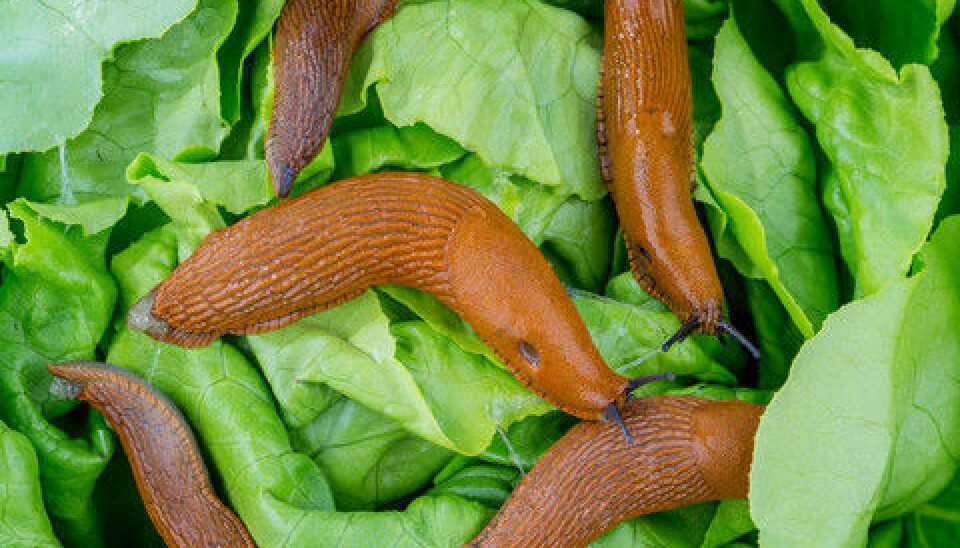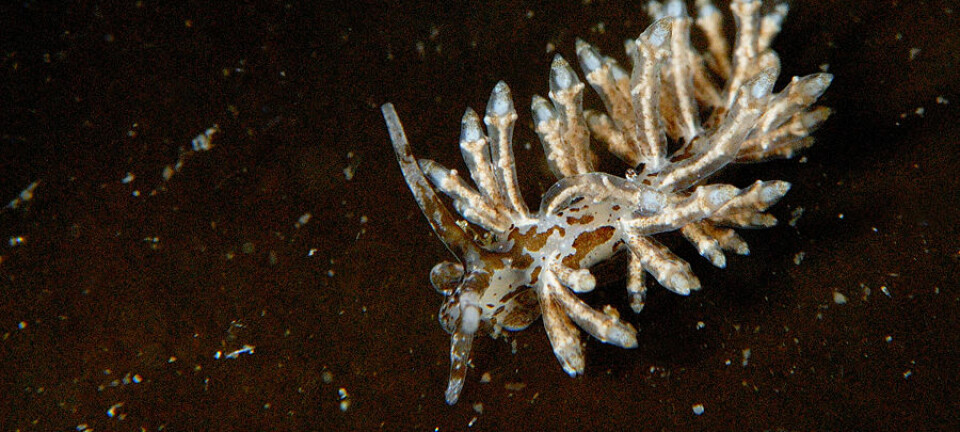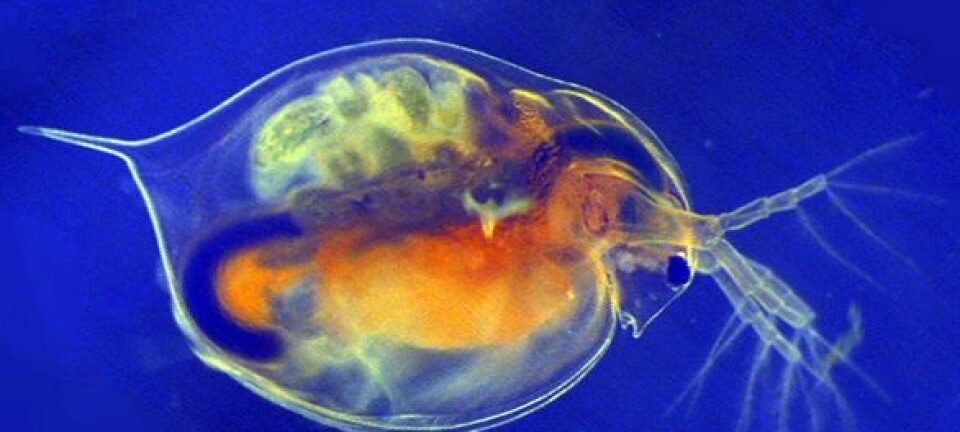
Only one way to get rid of Spanish slugs
Forget all about beer traps and slug pellets. Only one method will rid your garden of irritating Spanish slugs, says scientist.
Buckets of beer, copper tape, hedgehogs and blue pellets. The Internet has no end of good advice to offer, but if you consult science, it will tell you there is only one way to make inroads against these slimy creatures plaguing gardeners across Europe: collect them.
So says post-doc Stine Slotsbo from Aarhus University in Denmark. She has studied Spanish slugs, Arion vulgaris -- often referred to as killer slugs -- and keeps tabs on the latest research on the topic.
The results show that most of the household remedies recommended to combat Spanish slugs fail miserably when it comes to minimising slug numbers in our gardens.
"There's no doubt collecting them is the best way to reduce slug numbers. This is shown by a major Norwegian study, which has compared the various methods of control,” she says.
Beer traps don’t work
The popular beer trap is available in many different versions. The beer entices the slugs and then usually drowns them. The beer traps have not been tested scientifically, although experience suggests that they have little impact on a garden's Spanish slug population.
"And that's not so remarkable. Beer traps work because they smell of food to slugs, but an ordinary garden is full of food for Spanish slugs, so they are attracted by many different things at the same time," says Slotsbo.
Another popular anti-slug agent is Ferramol, small blue tablets containing iron phosphate, which are toxic to snails. Ferramol is relatively effective against Spanish slugs, but it also kills all the other types of slugs and snails.
"It's a double-edged sword," Slotsbo says.
"If you get rid of all the slugs and snails, then the biodiversity of your garden plummets. This also effects other fauna, such as birds and insects, which live off the slugs."
Spanish slugs have to be collected
At the end of the day there's only one thing to do if you really want to get rid of the slugs in your garden: roll up you sleeves and start collecting them. That's what Slotsbo does herself.
"I put them in a plastic bag and tie it tightly. Then I dispose of them so they can't spread -- by binning them together with my household waste," she says.
You should pick up the slugs before they get really big and start laying eggs. The main egg-laying period is August to September, but individuals that grow quickly may be sexually mature in June or July.
"So it's a good idea to collect your slugs before you go on holiday," she says.
Spanish slugs survive drought just fine
This clear message comes at a time when European gardeners are once again experiencing a huge increase in Spanish slug numbers. And there's a good explanation for this, Slotsbo explains:
"A warm, humid spring makes for a lot of Spanish slugs. And although it hasn't exactly been warm, we haven't had much of a frost, either. This has made 2015 a good year for the Spanish slug,” she says.
Slotsbo has done her own research into how these undesirable slugs react to temperature and humidity. She concluded that the warmer and more humid it gets, the faster the slugs grow.
Unfortunately, though, the research also shows that these slugs are really good at surviving drought.
"They can tolerate a high degree of dehydration. Apart from that, they also hide in the dampest parts of a garden when the weather gets dry, coming out at night after the dew has fallen, even in the most severe drought," says Slotsbo.
Where do Spanish slugs actually come from?
The Spanish slugs have probably brought their tolerance of drought with them from Southern Europe, where scientists believe they originate. As the slugs invaded Northern Europe during the 90s and Naughties, they reached zones which were more humid, making them attractive for the rapid-breeding slug. In Denmark, one single slug can lay several hundred eggs in a season.
At the same time, these slimy creatures have very few natural enemies. Ordinary snails with shells are gobbled up by other animals. But Spanish slugs are so slimy, even snails lovers such as hedgehogs prefer not to eat them.
Slotsbo explains that ground beetles usually eat slugs of up to their own size, but that apart from that, they have few natural enemies.
Slotsbo believes the Spanish slug is here to stay for that reason alone.
"It always depend on the weather, but in Denmark, I believe we'll continue to experience years like this year, with Spanish slugs flourishing,” she says.
She therefore also encourages people to keep on experimenting with new methods of control to combat this undesirable creature. Who knows, perhaps one day a new, effective weapon will see the light of day. Until then we simply have to roll up our sleeves.
--------------
Read the Danish version of this article on Videnskab.dk
Translated by: Hugh Matthews









